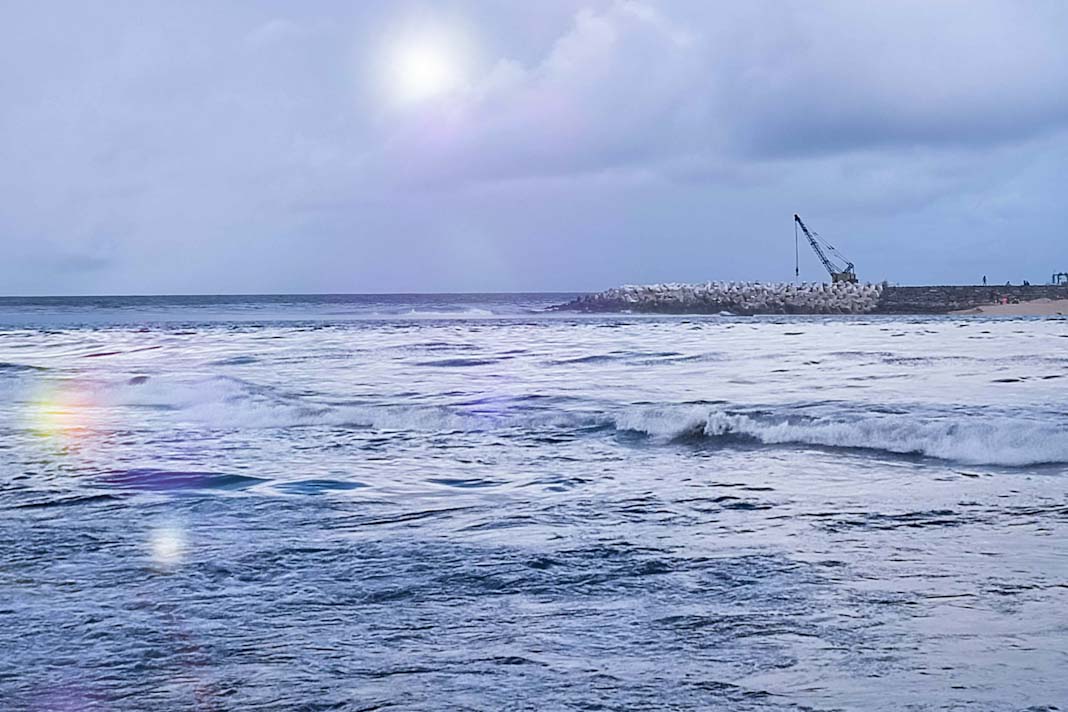Occasionally, a shipowner may want to bring a group of third-party personnel, often referred to as a riding squad or maintenance crew, onto their ship for specific tasks. These tasks can vary and might include cargo hold cleaning, cargo tank cleaning, or large-scale maintenance. The Club has published comprehensive guidance on ‘Cover for Third Parties’, which provides information on insurance coverage and practical steps. Members should consult this guidance to understand the Club’s position on third-party visitors and workers in advance of employment, reports Britannia P and I.
Personal requirements
The maximum number of personnel allowed on board a ship is generally determined by the capacity of the lifeboats installed. This can be found in the ships ‘Record of Equipment for Cargo Ship Safety (Form E) or ‘Record of Equipment for the Passenger Ship Safety Certificate (Form P). However, the ‘MARPOL Annex IV – International Sewage Pollution Prevention Certificate’ and other statutory certificates may also stipulate restrictions on the number of persons allowed on board. Furthermore, always ensure the ship has sufficient cabins and beds to accommodate the additional people and complies with the respective flag state’s requirements.
The ship’s flag state administration must approve, in advance, any request to exceed the maximum allowed number of personnel on board.
To begin, contact your flag state or recognized organization and submit a proposal for the temporary increase in personnel. You can use a specific application form or correspond directly, depending upon the administration. Typically, flag states will issue a dispensation letter, permitting a ship to proceed without fully complying with specific convention requirements. These dispensations will have a time limit and conditions that must be followed whilst the situation continues.
If you complete the work at a sheltered anchorage or in a port, it is unlikely that the flag state will require any additional measures. However, we recommend that a plan is prepared for emergencies and evacuation of the additional personnel.
Typical conditions of a dispensation include providing additional life raft capacity and ensuring sufficient lifejackets for the increased numbers of personnel on board. Whilst this may satisfy the flag state requirements, we also recommend further actions to improve safety during times of increased personnel.
Preparing for the arrival of additional personal
Shipowners should consider adding guidance to their Safety Management System. For example, a specific checklist covering the additional requirements for third-party contractors.
We recommend that Members conduct a risk assessment in advance of employing a group of third-party workers. This should incorporate subjects such as work scope, accommodation, and emergency response. The risk assessment will identify the need for provisions, potable water, first aid equipment, etc.
Engage early with the personnel supplier to establish your company’s safety standards, ensuring a smoother process. This should cover expected conduct on board, including PPE, control of work, etc. Personnel should follow your company procedures for tasks such as confined space entry, hot work, and work at height. Ideally, the third-party workers should bring their equipment and tools on board and retain responsibility for them. If they need to use the ship’s equipment, adequate training and supervision from the ship’s crew should take place.
After embarkation, you should conduct a familiarisation tour of the vessel. At a minimum, this should include areas the visitors will need access to during their time on board and their designated muster point in case of emergency. The provided familiarisation should be documented and signed on behalf of the ship, as well as countersigned by the respective third-party contractor before work is commenced.
An abandon ship drill should be conducted before departure, and a crew member may need to lead the personnel unfamiliar with the layout of the ship to safety.
To ensure control of visitors, ask third-party personnel to report each time they leave the accommodation /cabin area, so that crew is aware of their location and activities.
Before starting work, introduce the personnel to the company’s work procedures, especially the permits to work and the situations that require them. Encourage third-party personnel to witness and perform any necessary pre-work tests or inspections before they start work.
Furthermore, we recommend that third-party contractors are provided with ‘Stop-Work’ authority should they feel that the applied work practice is not safe.
Did you subscribe to our daily Newsletter?
It’s Free! Click here to Subscribe
Source: Britannia Pandi
















